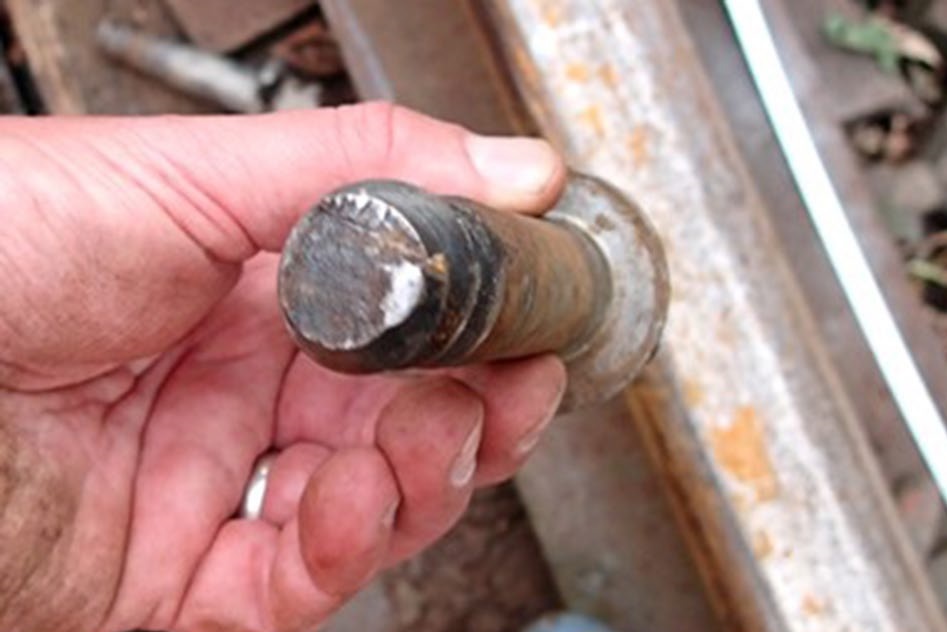The Rail Accident Investigation Branch (RAIB) has issued urgent safety advice on the back of a freight train derailment in Manchester last month.
RAIB’s advice note states that existing inspection and maintenance regimes may not be sufficient to detect the failure of baseplate chair screws, which can lead to a loss of lateral track support in longitudinal timber systems.
The freight train was travelling between Peak Forest and Salford and came off the rails as it passed over a bridge in Audenshaw on 6th September 2024. It was made up of two class 66 locomotives and 24 wagons, which were loaded with aggregate. The two locomotives and the leading 10 wagons passed safely over the bridge, but the next nine wagons derailed, with the last of these coming to a stand on the bridge itself.
No one was hurt but the derailment caused substantial damage to railway infrastructure and some of the wagons.
RAIB is investigating this accident and its early findings indicate that the derailment was caused by gauge spread within the first half of the bridge, with the track having transferred from ballasted track to a longitudinal timber system as the train entered the bridge.

The track at this location is curved to the right with a radius of approximately 480 metres and an installed cant of around 40 mm. The rails on the bridge were supported on PAN M6 baseplates held to the timber by only two LSA chair screws.
On site, RAIB recovered 13 failed LSA chair screws from the baseplates of the low-side rail. None of these screws were marked with ‘HT’ on their heads, which indicates that these chair screws were probably not made of high-tensile strength material.
Early results from metallurgical analysis of these failed chair screws show that they all exhibited signs of low-cycle and high-cycle fatigue failure in bending. A number of them also exhibited a small area of unfatigued material that eventually fractured by overload. The plane of failure in most cases was just below the top level of the timber, typically one or two threads below the screws’ shanks.
This mode of failure of the chair screws is not easily detectable by visual inspection means, RAIB said. As was found from RAIB’s investigation into the previous derailment of a freight train – at Sheffield station on 11th November 2020 – the upper portion of a broken screw may still offer some resistance to rotation or removal by hand, which makes detection of an impending failure by gauge widening difficult.

